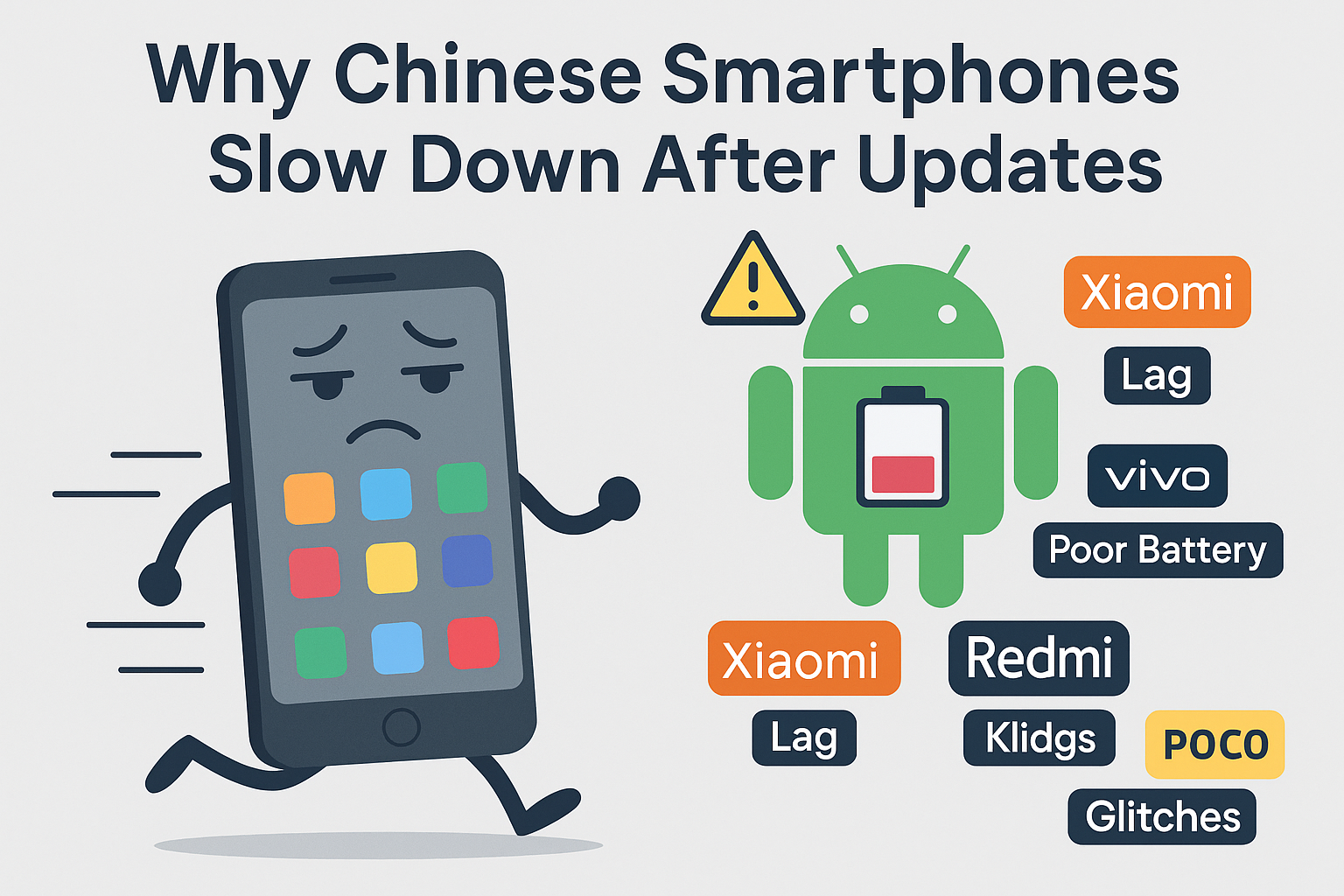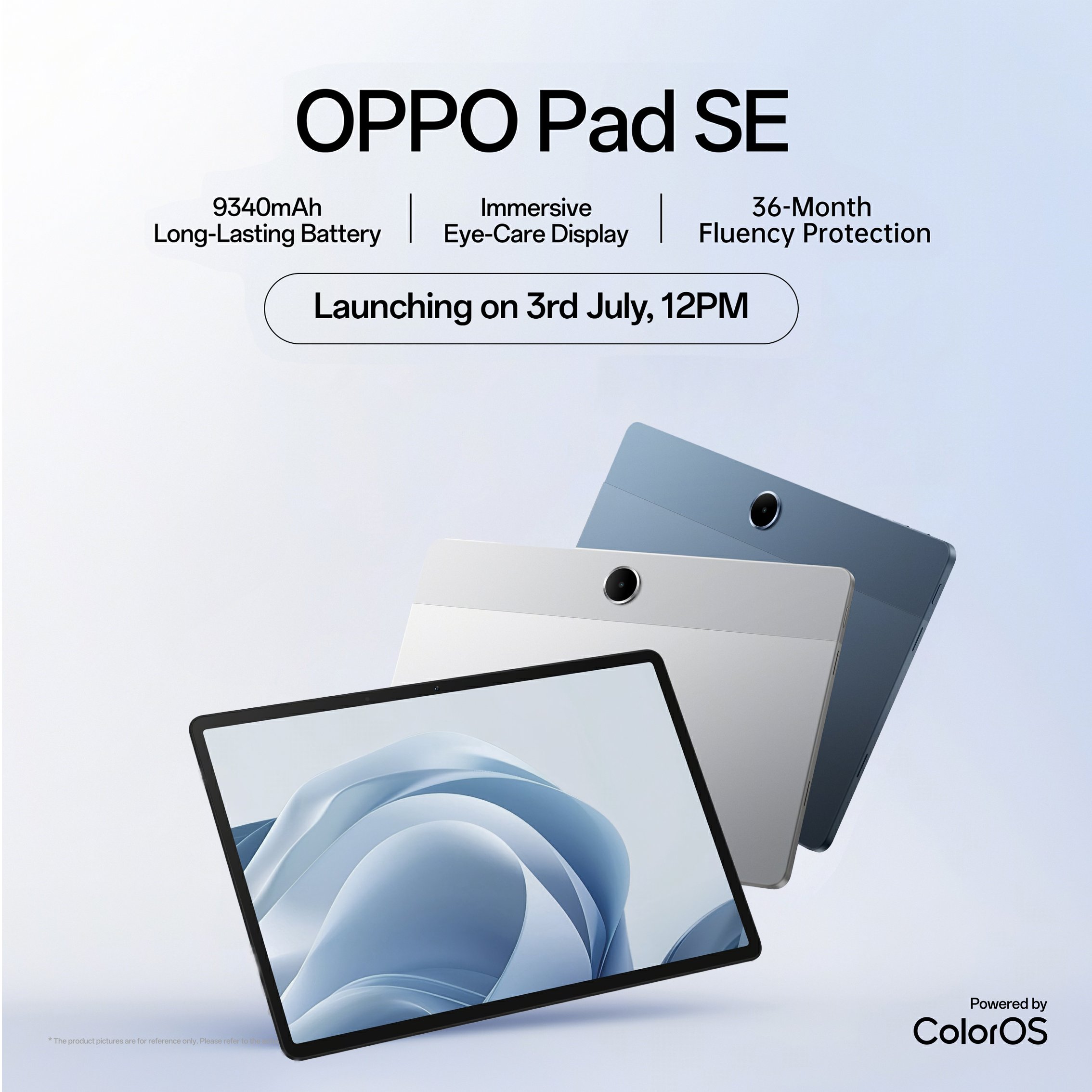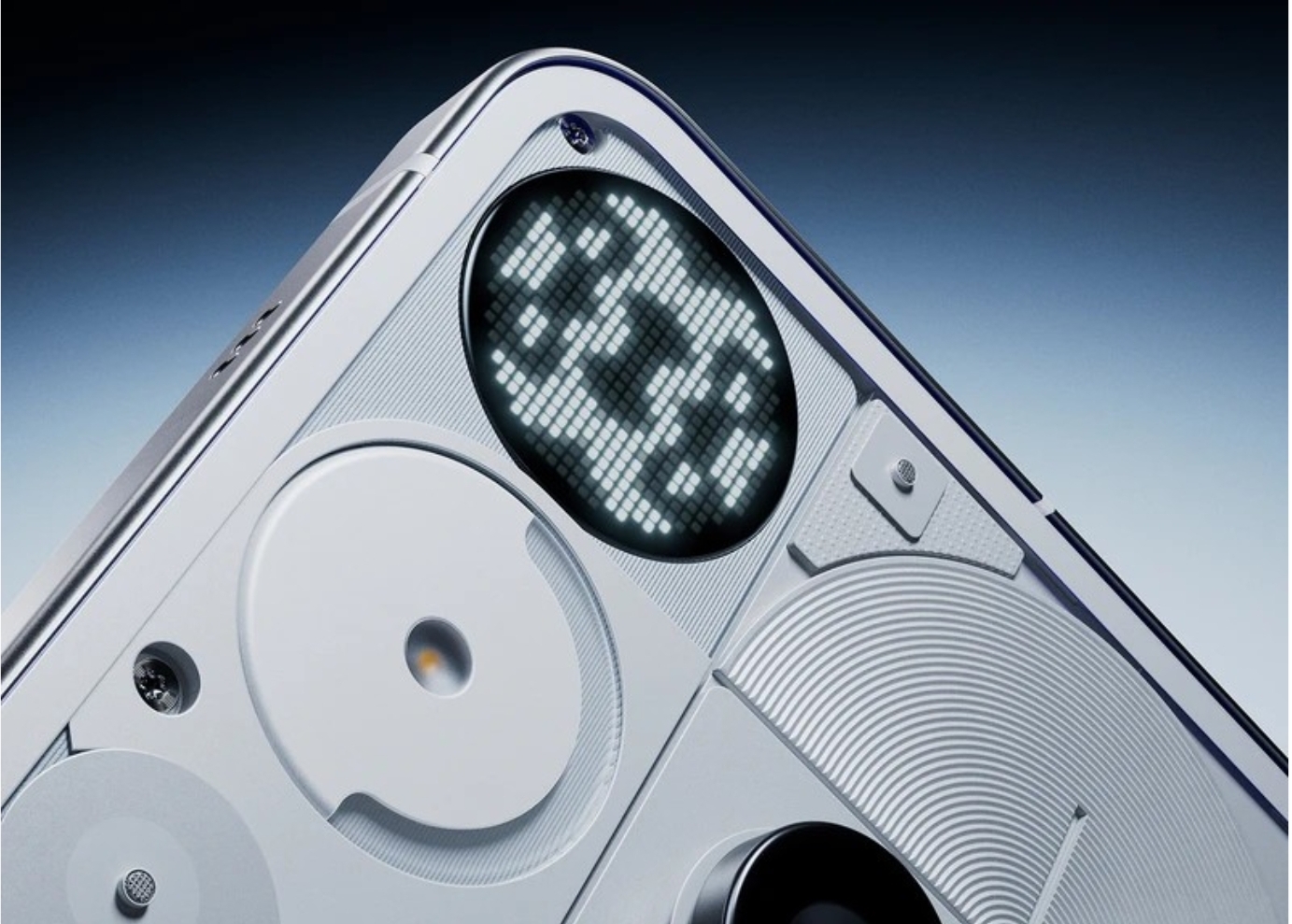Introduction
The Hardware vs. Software Illusion
Chinese OEMs often dominate the spec sheet—120Hz displays, massive batteries, fast charging, powerful chipsets—all at prices below ₹15,000. But the story changes when we talk about software support, which is what shapes the experience after 12–24 months of usage.
- Software updates arrive irregularly or are not optimized
- Phones heat up more frequently after updates
- UI animations start stuttering
- Battery drains faster despite minor changes
- Bloatware increases and system apps become heavy
- Security patches are delayed or skipped
In effect, users are pushed to think their phone is obsolete—even if the hardware is still capable.
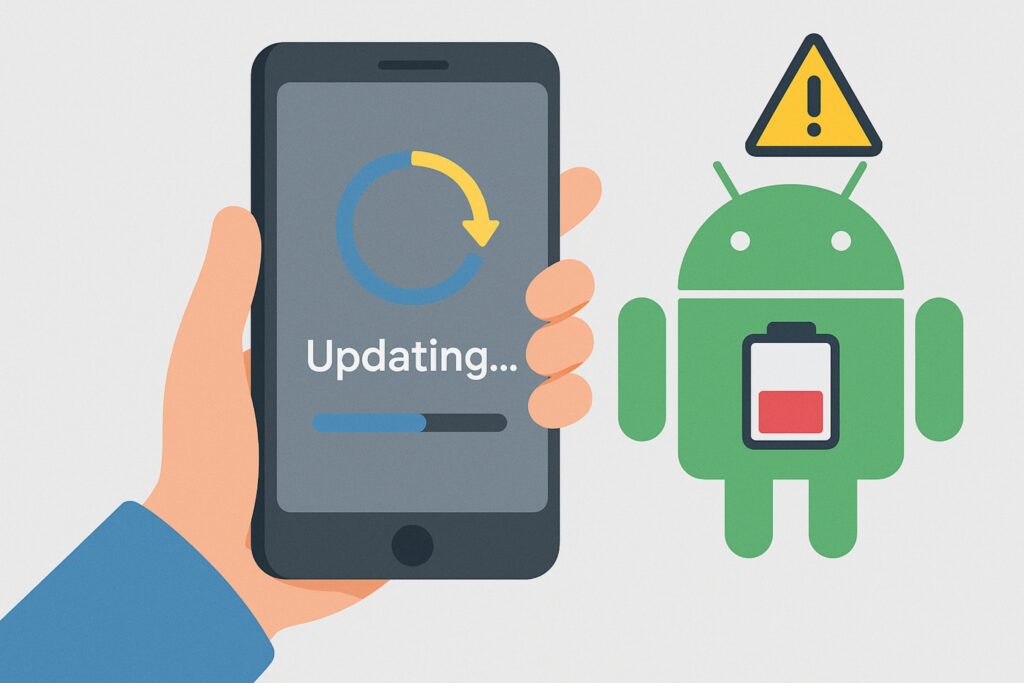
Why Does This Happen?
1. Model Dumping Strategy
Most Chinese brands launch dozens of models every year. This leads to shallow, short-term software focus. Once a newer version is released, previous models get less attention—often receiving updates that do more harm than good.
2. Monetization Through Bloatware
Phones ship with ad-driven system apps, “cleaners,” and pre-installed apps that slow down performance over time. These apps also consume RAM and battery, creating a degraded user experience.
3. Short-Term Update Promises
While brands may commit to 2 years of updates on paper, the quality of updates is inconsistent. Security patches arrive late. Major updates might break features or worsen performance. This behavior is exactly why Chinese smartphones slow down after updates, especially when brand attention shifts to newer models.
4. Planned Obsolescence
A phone that becomes laggy nudges users to upgrade—and since the brand markets affordability as their strength, the customer often buys another model from the same ecosystem. This cycle continues, benefiting the brand’s volume sales.
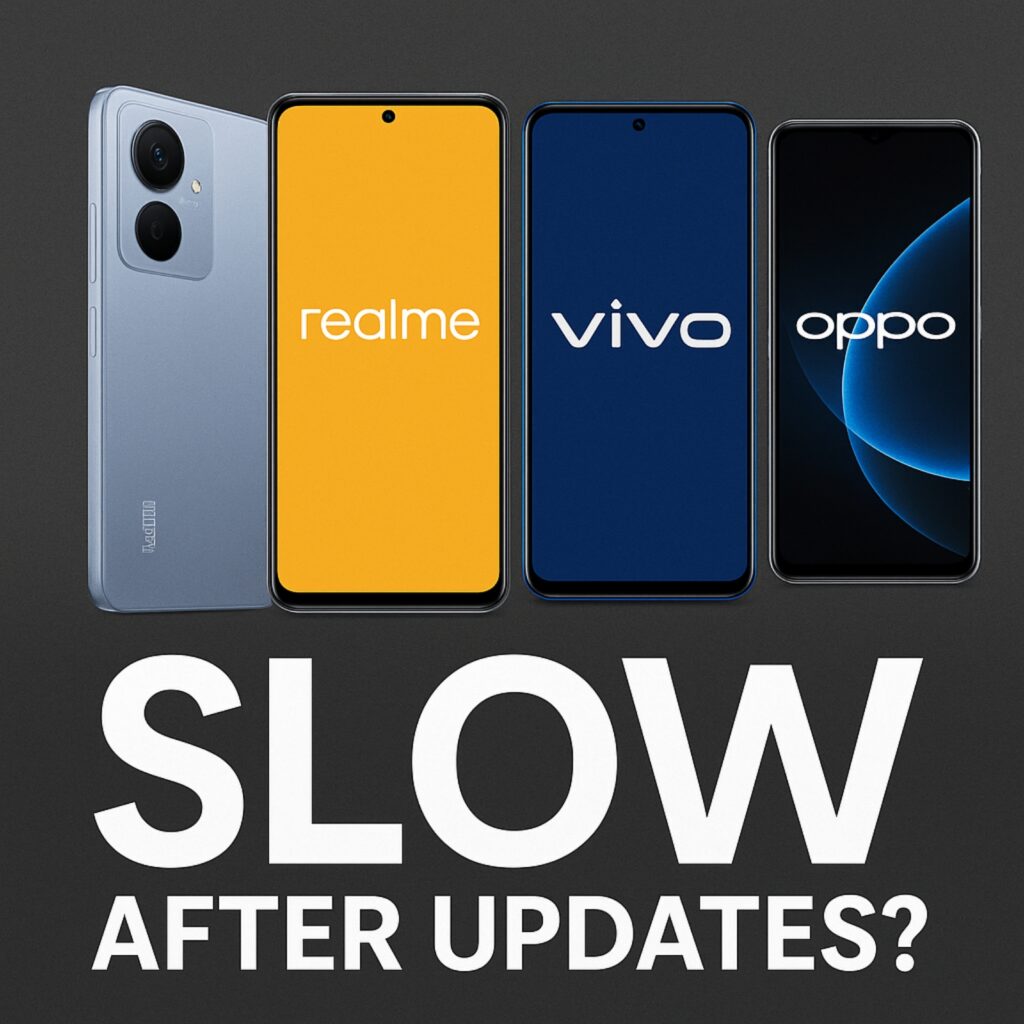
How Premium Brands Think Differently
1. Fewer Models = Better Optimization
Brands like Apple, Samsung, Google, and Nothing release fewer devices per year. That means more engineering attention per device and longer support cycles.
2. Clean Software Experience
Nothing OS, Samsung One UI, iOS, and Pixel UI are all built with stability in mind. They focus on smooth animations, RAM efficiency, thermal control, and system security.
3. Reliable Update Commitment
- Samsung: 4 years of Android OS + 5 years of security patches
- Nothing: 3 years OS + 5 years security
- Google Pixel: 7 years software support
- Apple: 5–6 years of iOS updates
Phones from these brands not only stay secure but perform consistently even after years of use.
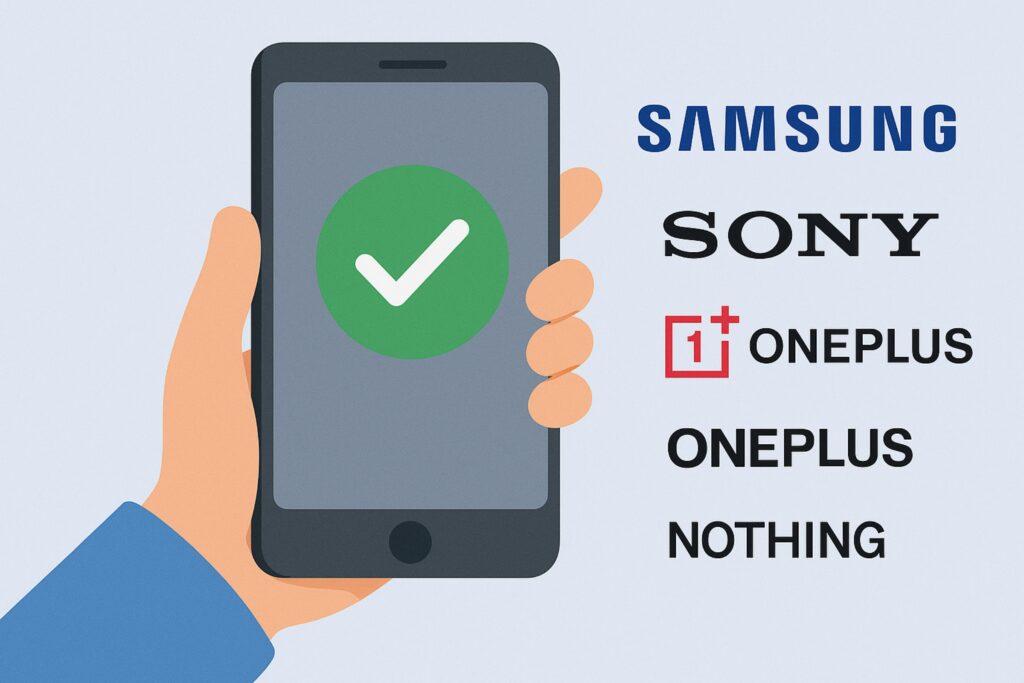
The Real Cost of a “Budget” Phone
| Aspect | Chinese Phones (Budget) | Premium Brands |
|---|---|---|
| Initial Price | ₹8,000 – ₹30,000 | ₹25,000+ |
| UI performance after 2 years | Slow/laggy | Smooth & reliable |
| Update quality | Inconsistent | Stable and tested |
| Pre-installed bloat | Often high | Minimal or none |
| App compatibility | Breaks over time | Stable with updates |
| Resale value | Low | High |
Buying Tips: What to Choose in 2025
Budget-Friendly (Under ₹20K)
- Samsung Galaxy M series
- Nothing CMF Phone 2 pro
- Motorola G Series
Mid-Range (₹20K – ₹35K)
- Nothing Phone 3a Series
- Samsung Galaxy A Series
- Google Pixel A series
Premium (₹40K+)
- Google Pixel Series
- Samsung Galaxy S Series
- Apple iPhone
- Nothing phone 3
Final Thoughts
Chinese smartphone brands have brought useful competition to the market, pushing innovation in specs and design. But for users who care about long-term reliability, stable updates, and a smooth UI, investing in brands that care about software is the better bet. If you’ve ever wondered why Chinese smartphones slow down after updates, the answer lies in their software priorities and business models.
Next time you’re buying a phone, don’t be swayed by flashy specs alone—think about how your device will feel 18 months later. Because that’s when true quality starts to show.
Stay tuned to Mobi4Arena for the latest updates on tablets, smartphones, and tech gadgets across India.
